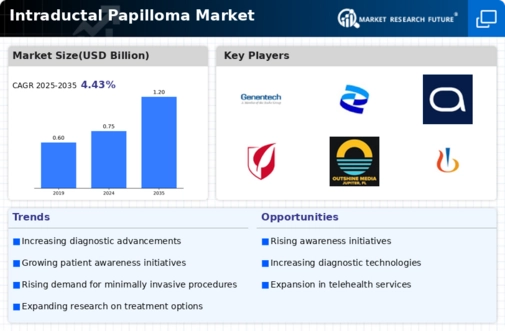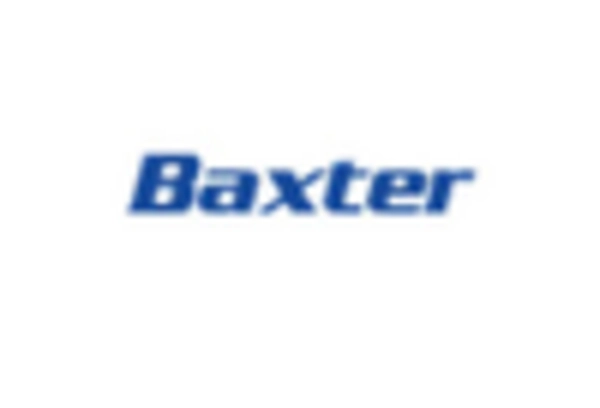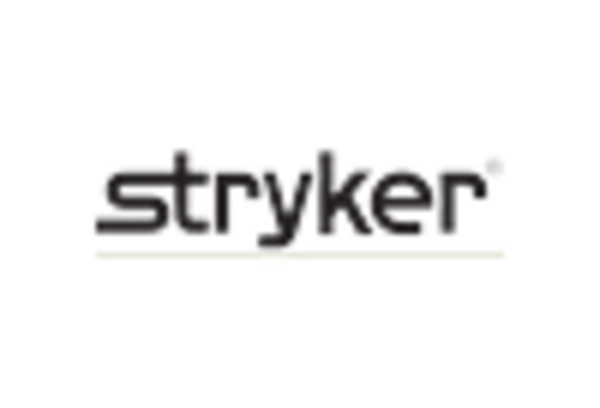Market Analysis
In-depth Analysis of Intraductal Papilloma Market Industry Landscape
Intraductal Papilloma (IDP) market features are complicated due to several factors determining growth, trends, and route. The IDP market in healthcare is driven by increased breast cancer rates and awareness efforts to detect the illness early. IDP, a noncancerous breast tumor, has garnered interest for its possible relation to breast cancer. More testing procedures and market expansion have resulted. Testing instrument advancements are transforming the global industry. Intraductal Papilloma is easier to detect as medical imaging and tissue processes improve. Due to this, more patients have been recognized and treated, benefiting the company. Increasing usage of AI in testing tools has improved IDP detection accuracy and productivity. Healthcare facility and availability trends also impact the IDP market. Well-established healthcare systems detect and treat IDP instances faster. The market looks diverse due to information, testing tools, and therapy ease issues in new regions. Improvements in healthcare facilities and knowledge are needed to maximize the market's global potential. Markets value novel therapeutic techniques and approaches. New and improved treatments for diseases are likely as research and development continue. The market may increase as consumers have more alternatives. The pharmaceutical industry's promise of individualized and effective IDP therapies might alter everything. Regulation and payment policies also affect markets. Diagnostic and treatment procedures must be approved and marketed under tight regulations. Payment rules also affect healthcare personnel and consumers, which might modify testing and treatment techniques. Pharmaceutical firms, testing labs, and healthcare institutions may band together and make deals to be more successful in the IDP market. These agreements make it easier to share data, materials, and technology, which speeds up the production of goods and services. Planning for the long term is becoming more and more important for people in the market who want to make their places better, help new ideas grow, and meet the needs of customers and healthcare workers. Making people smarter and more aware are two important things that need to be done to change the market. Because they are learning more about breast health and the risks that come with it, some people want intraductal breast cancer (IDP) to be able to be found and treated early. Healthcare and support groups are making people more aware of these problems, which is good for the business. It's good for the market to both make people more aware of breast health and get them active.

















Leave a Comment